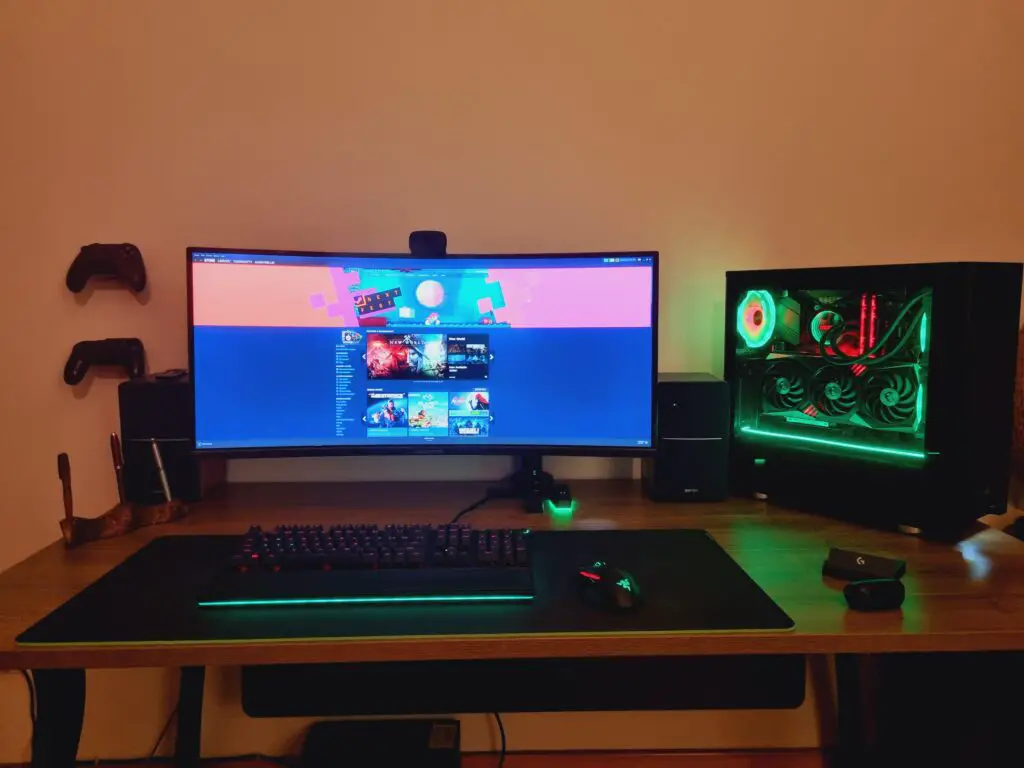Would you choose a freesync or 144Hz monitor with the same resolution? Do you prioritize freesync or high refresh rate? Continue reading for an in-depth freesync vs. 144Hz comparison.
Do I Need Freesync for PS5?
No, you don’t need freesync for PS4 or PS5.
If you have Xbox, then you can get a freesync monitor as they support the function.
Do I Need Freesync If I Don’t Game?
Not necessarily; freesync monitors are often advertised towards gamers. People who code, edit pictures and videos on their monitors don’t need freesync.
If you do anything other than gaming, you should prioritize screen resolution.
Does a 144Hz Display Make a Difference?
Yes, it will be an improvement, especially when upgrading from 60 or 75Hz. Would it make a difference if your display had freesync?
Higher refresh rates often mean that you’ll enjoy smooth motion and gameplay without tearing or ghosting.
Therefore, a higher refresh rate alone should be sufficient unless you play games that run higher frame rates that would capitalize on the 144Hz freesync monitor.

What Do You Need to Run Freesync vs. 144Hz?
However, a strong GPU is necessary if you have a 1440p 144Hz display. For freesync, a compatible AMD graphics card, integrated APU, and monitor that support Adaptive sync is needed.
Final Thoughts- Is Freesync Better?
Freesync is cheaper since its open-source compared to Gsync. You can buy 144Hz displays with freesync or Gsync but expect to pay more for the latter.
If price is an issue, freesync will offer exceptional quality. If not, choose G-sync for its wider variable refresh rate and lower input lag.
